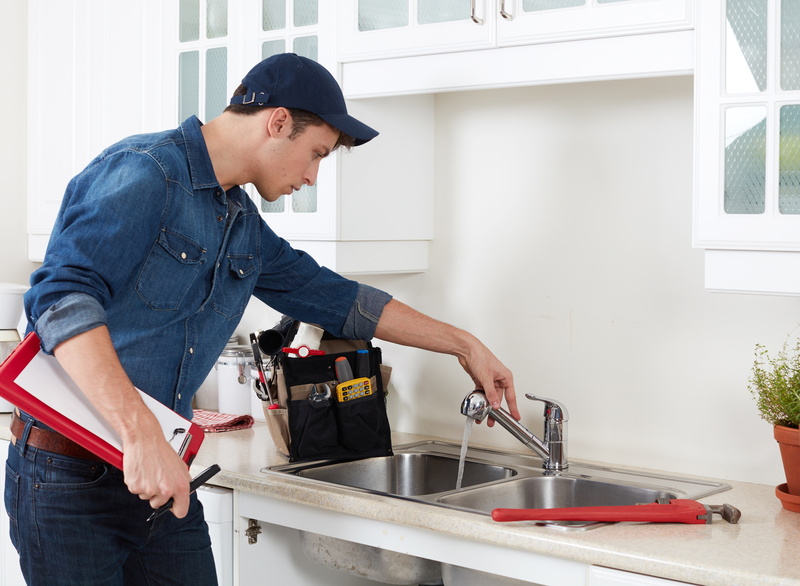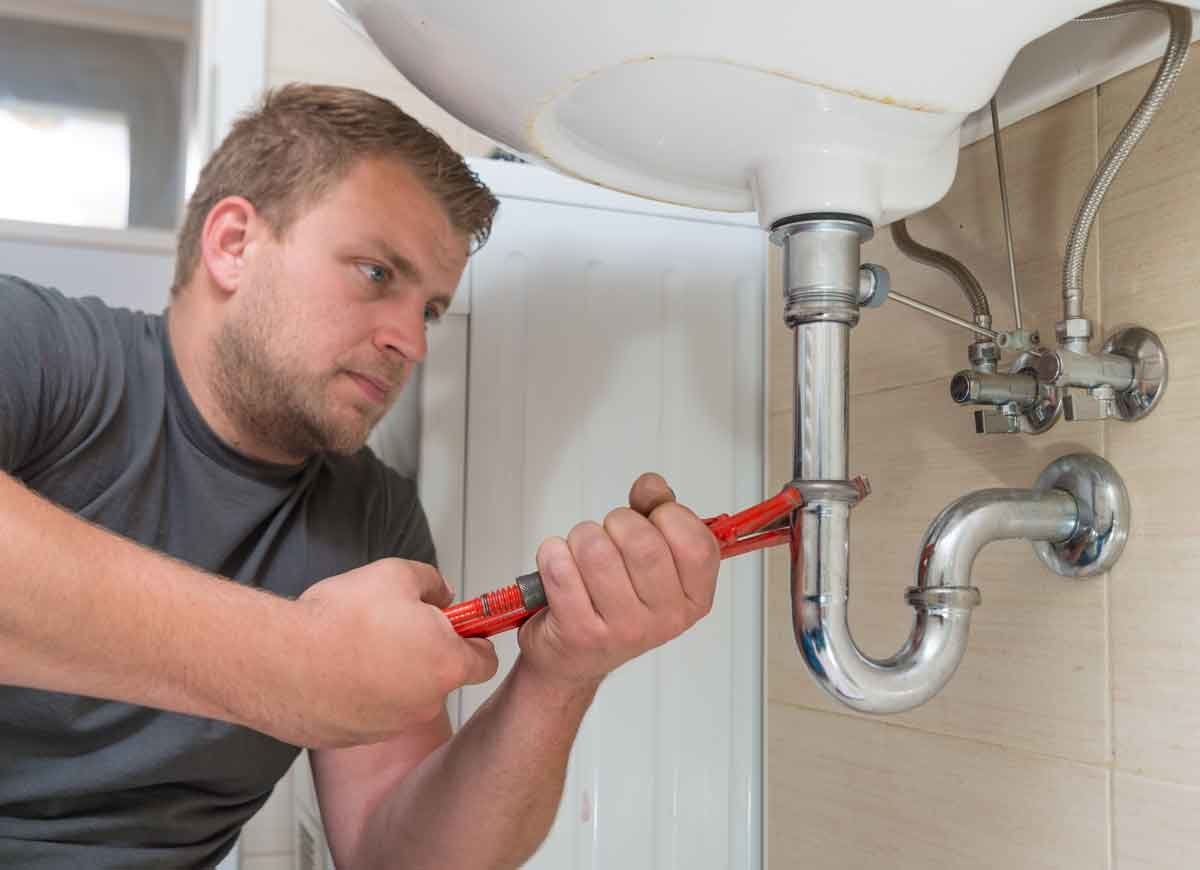The content down the page involving DIY Plumbing Projects and When to Call a Professional is fairly motivating. Don't bypass it.

Intro
Plumbing issues can range from small inconveniences to major migraines, typically triggering homeowners to choose between tackling the problem themselves or calling an expert plumbing technician. Knowing when to do it yourself and when to look for professional aid can conserve time, money, and protect against prospective calamities. This article explores the elements to think about when making this critical choice.
Benefits of Do It Yourself Pipes
Tackling plumbing jobs yourself can be fulfilling in several ways, specifically for less complex projects.
Cost Savings
DIY pipes projects frequently save cash by staying clear of expert service charge. Tasks like repairing minor leakages, replacing faucets, or setting up brand-new showerheads are instances where homeowners can deal with repair work without working with a plumbing professional.
Skill Improvement
Taking part in do it yourself plumbing provides a chance to learn and boost functional skills. Fundamental tasks equip home owners to comprehend their plumbing systems better and gain self-confidence in taking care of small repair services separately.
Dangers of Do It Yourself Pipes
While do it yourself projects provide advantages, specific risks need to be meticulously taken into consideration prior to trying fixings.
Complexity of Tasks
Some pipes issues call for specialized understanding and tools past normal house owner capacities. Messing up complex problems can lead to more damage and costly repair work.
Security Issues
Working with pipes systems entails dangers such as direct exposure to water damage, possibility for electrical hazards, and dealing with tools improperly. Safety safety measures should be observed to avoid accidents and ensure effective repairs.
Indicators to Call an Expert Plumbing Technician
Recognizing when a pipes issue surpasses DIY abilities is critical to preventing aggravating problems.
Signs of Facility Concerns
Examples consist of:
Motivate professional treatment is required to address these problems effectively and reduce damage.
DIY Plumbing Tips
For effective do it yourself plumbing, it's essential to be prepared with the right devices and comply with proper procedures.
Fundamental Tools and Products
Key tools for DIY pipes:
Step-by-Step Guides
Clear guidelines make certain safe and efficient do it yourself repair work:
Selecting the Correct Time to DIY
Determining when to take on pipes tasks on your own requires assessing both the intricacy of the issue and personal convenience levels.
Analysis List
Consider:
When to Certainly Call a Professional
Particular circumstances require prompt professional attention to stop substantial damages or safety threats.
Examples include:
Finding and Employing a Specialist Plumbing
Picking a certified plumber makes sure trusted service and satisfaction in settling pipes problems.
Criteria for Option
Aspects to think about:
Price Analysis: do it yourself vs. Professional Services
Comparing the monetary ramifications of DIY efforts versus professional plumbing services assists in making informed choices.
Financial Considerations
Evaluate:
Verdict
Deciding whether to do it yourself or call an expert plumber rests on understanding the complexity of plumbing problems and personal capabilities. By weighing the benefits and risks, homeowners can make enlightened options that advertise efficient upkeep and guard their homes from pipes calamities.
DIY Plumbing Projects: What Homeowners Can Do and When to Call a Professional
Welcome to our comprehensive guide on DIY plumbing projects. In this blog post, we aim to empower homeowners with the knowledge and skills to tackle basic plumbing tasks around the house. From unclogging drains to fixing a leaky faucet, we’ll walk you through step-by-step instructions on how to handle these common issues.
However, not all plumbing problems can or should be solved with a DIY approach. Recognizing when a problem is beyond your skill level and requires professional intervention is just as important as knowing how to perform basic tasks. We’ll also discuss the signs that indicate it’s time to put down your tools and pick up the phone to call a professional plumber. By understanding when to DIY and when to call a professional, you can save time, avoid potential disasters, and ensure your home’s plumbing system remains in top shape.
Understanding Plumbing Basics
Before we dive into the DIY projects, let’s take a moment to understand the basics of your home’s plumbing system. A typical residential plumbing system consists of two major components: the water supply system, which brings fresh water into your home, and the drainage system, which removes waste water. These systems are made up of a network of pipes, valves, and fixtures that work together to deliver clean water and dispose of waste efficiently.
Regular maintenance of your plumbing system is crucial to prevent minor issues from escalating into major problems. This includes tasks like checking for leaks, removing minor clogs, and ensuring your pipes are insulated for winter. By performing these tasks regularly, you can extend the lifespan of your plumbing system, save money on water bills, and maintain the comfort and hygiene of your home.
In the following sections, we’ll explore some common DIY plumbing projects that homeowners can handle, as well as situations that require the expertise of a professional plumber. Whether you’re a seasoned DIY enthusiast or a beginner, this guide will provide you with valuable insights into the world of home plumbing.
DIY Plumbing Projects Homeowners Can Handle
Plumbing may seem intimidating, but there are several tasks that homeowners can confidently tackle with a little guidance and the right tools. Here are a few common issues you might encounter and how to address them.
Unclogging Drains
Use a Plunger: This is your first line of defense. A good old-fashioned plunger can dislodge the obstruction and clear the drain in many cases. Try a Plumber’s Snake or Hand Auger: If the plunger doesn’t work, a plumber’s snake or hand auger can reach deeper into the pipe to break up the clog. Use a Drain Cleaner: If physical methods fail, a chemical drain cleaner can dissolve the clog. However, use these products sparingly as they can damage your pipes if overused.

As a passionate reader about DIY vs. Professional Plumbing Repairs: When to Call a Pro, I think sharing that piece of content was beneficial. Liked our blog entry? Please quickly share it. Let other people discover it. I treasure your readership.
Book Appointment